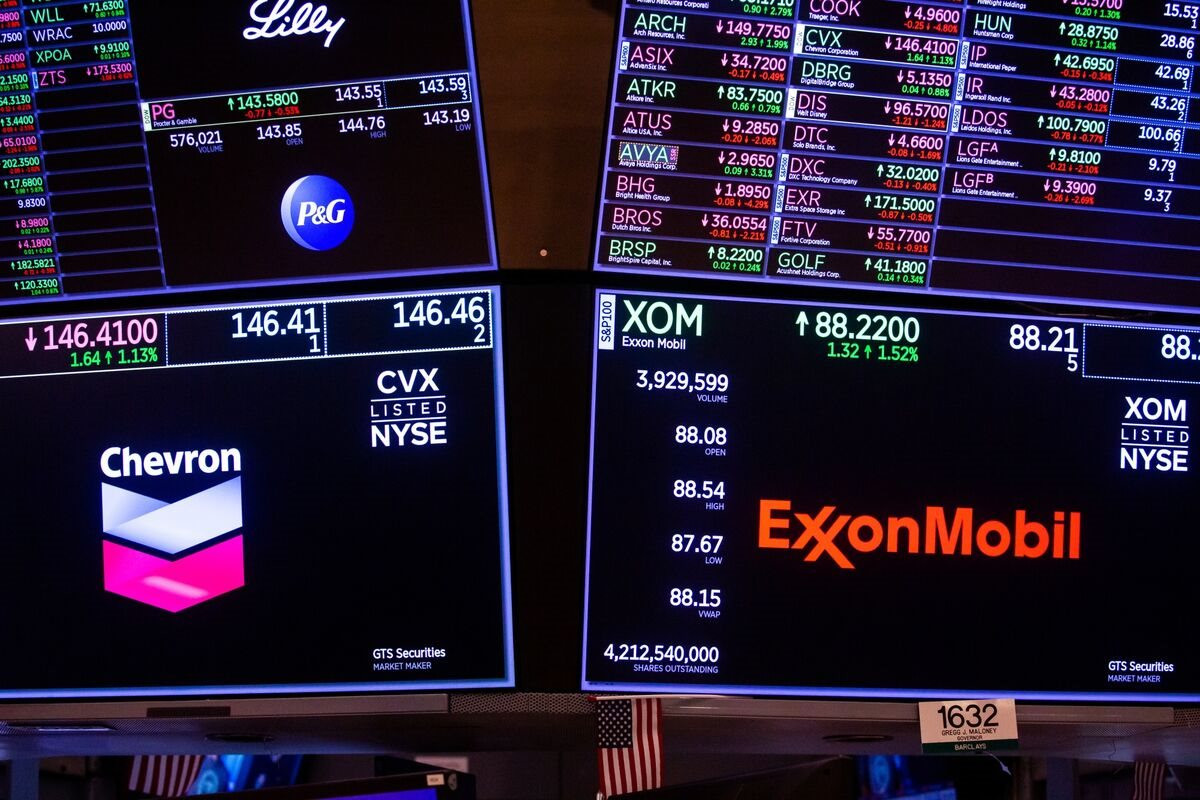The Battle of Giants for a Nearly $1 Trillion Treasure

Business Today – The fight for control over the Stabroek oil field is heating up as major players in the oil industry vie for a share of this nearly $1 trillion treasure. Stabroek, an offshore oil field located in Guyana, has an estimated 11 billion barrels of oil, making it one of the largest oil reserves on the planet. This legal battle will redefine the landscape of the oil industry and determine the dominance of the Big Oil conglomerates.
ExxonMobil currently holds the largest stake in Stabroek, having been part of the consortium that discovered the oil field back in 2015. Chevron is attempting to acquire a portion of the field through its recent agreement to purchase Hess Corporation for $60 billion, including debt.
Hess Corporation, which owns 30% of Stabroek, is a partner in the field. Exxon operates and controls 45% of the field, while Chinese state-owned company CNOOC owns the remaining 25%.
Chevron’s deal with Hess would give them access to the abundant oil resources in Stabroek, providing long-term growth prospects for the company. However, Exxon is not letting this happen without a fight. They have filed a legal suit to block the deal, seeking to gain more control over the oil resources and solidify their position among the Big Oil players.

This legal battle has caught the attention of seasoned oil investors. In the 1980s, one of Chevron’s predecessor companies, Texaco, went bankrupt after losing a $10 billion legal battle related to the acquisition of another company. Although the current dispute is different, its outcome could have similar far-reaching consequences.
After the Chevron-Hess deal was announced, Exxon initially seemed supportive. Exxon CEO Darren Woods said, “We work with Chevron around the world.” However, two weeks later, Woods called Hess and Chevron executives to express his concerns. Exxon argued that they have the right to refuse Hess’s stake in Guyana, while Hess and Chevron responded that the structure of their agreement could negate that claim.
The dispute remained undisclosed for four months as the parties tried to reach a compromise. It became public on March 28 when Chevron filed an S-4 document with the U.S. Securities and Exchange Commission, detailing the agreement and Exxon’s concerns. A few days later, Woods informed Hess CEO John Hess and Chevron CEO Mike Wirth that Exxon had filed a lawsuit in arbitration.
A key provision in the agreement is the “Change of Control” clause, which determines the rights and obligations of the parties involved in the joint operating agreement (JOA). While the exact details of the JOA are confidential, attorneys have likely used a model contract based on the International Energy Negotiators Association’s 94-page 2002 template. Exxon and Chevron declined to comment on this record.
Exxon has repeatedly stated that, as the drafter of the JOA, they have a better understanding of the purpose behind each provision. Neil Chapman, one of Exxon’s top executives, said, “We understand the purpose of every word in the contract because we wrote it.”
The contract issue has sparked controversy. If Stabroek’s JOA includes the following standard excerpt, Exxon might still have a chance at winning:
“‘Change of Control’ means any direct or indirect change in Control of a Party (whether through merger, share sale, or other means) […] whereby the Market Value of the Interest of the Participating Party exceeds __ percent (%) of the aggregate Market Value of the assets that the Party and its Affiliates collectively hold from the Change of Control. For purposes of this definition, Market Value shall be determined based on the cash amount a willing buyer would pay to a willing seller in an arm’s length transaction.”
The percentage left blank in the template contract is unknown in Stabroek’s JOA. However, analysts believe that a significant portion of Hess’s value comes from its assets in Guyana. Paul Sankey, a veteran oil analyst running his own research firm, suggests that around $140 per share of the $170 that Chevron paid for Hess is related to the stake in the Guayana oil block. This could be Exxon’s strongest argument and the reason why they are focusing on the purpose of the JOA.
Chevron has stated that if Exxon gains an advantage in the arbitration case, they will not proceed with the Hess acquisition. Conversely, if Exxon succeeds in raising its stake in Guyana, it will strengthen its position regarding what many in the industry consider the most significant oil discovery in 25 years. The future of Big Oil is hanging in the balance.
The case will be heard in the International Chamber of Commerce in Paris and could take between 6 to 12 months to resolve, or even longer due to potential litigation procedures.
Without access to the actual JOA documents, which both parties have kept confidential, we can only speculate on the legal arguments and potential outcomes based on the template used by the companies. But one thing is clear: this will be a tough battle, a legal war that could reshape one of the two contenders entirely.
If Chevron prevails, the company will secure its expansion beyond the United States, safeguarding its valuable assets in Australia and Kazakhstan, thus increasing its overall value. However, if Exxon gains the upper hand and finds a way to increase its stake in Guyana, it will solidify its dominance over what many consider the most significant oil discovery in the past 25 years. The future of Big Oil hangs in the balance, with much at stake.
